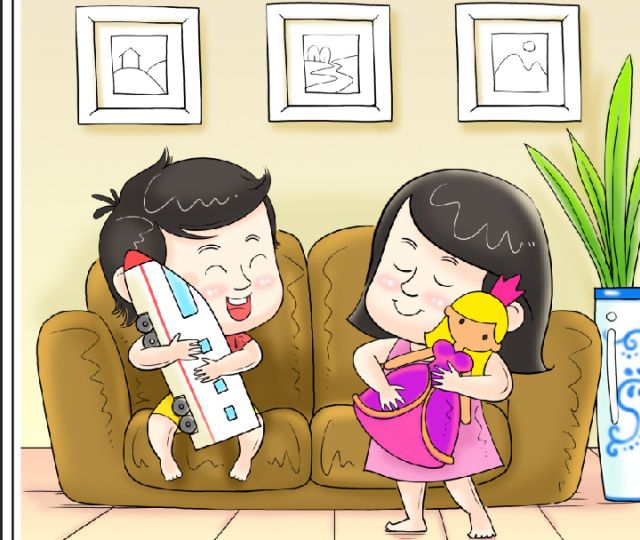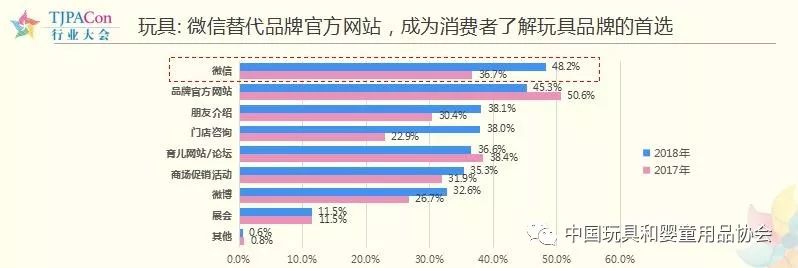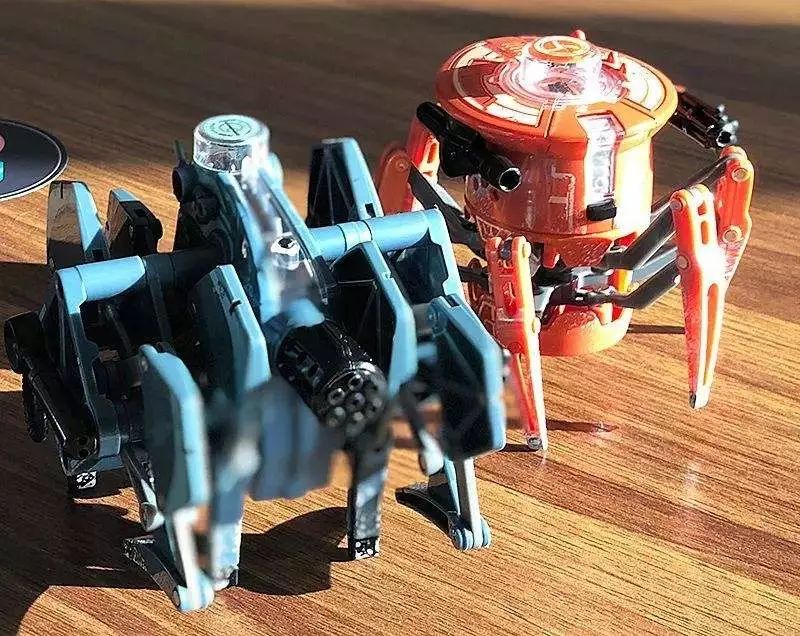
With the improvement of people's living standards and the improvement of concepts, consumers pay more attention not only to the price of products, but also the quality of products and the added value of products, such as entertainment, education, emotional appeal, etc. Gradually rising, and more and more inclined to buy branded toys.
In 2018, the per capita consumption of toys for children aged 0-14 in China reached 299.5 yuan , an increase of 8.2% over the previous year. In 2019, 65.6% of consumers in China plan to increase toy consumption, and 63.9% of consumers plan to increase infants. Consumer spending on children's products.

According to data from the China Toys and Baby Products Association's "White Paper on the Development of China's Toys and Baby Products Industry in 2019" published on the 29th, as a global production, export and consumption country, in recent years, China's toy and baby products industry The supply of high-end products has been significantly improved, the capacity for independent innovation has been significantly enhanced, the level of intelligence has been greatly improved, and the development of internationalization has been further advanced. The domestic market prospects continue to be promising.
According to the comprehensive statistics of China Toys and Baby Products Association, in 2018, the national toy market reached 70.48 billion yuan, a year-on-year increase of 9% ; the size of the childcare trolley market reached 13.207 billion yuan, an increase of 6.33%; the safety seat market reached 4.523 billion. Yuan, a year-on-year increase of 14.1%; bottle retail sales reached 5.628 billion yuan, an increase of 14.4%.
In 2018, Chinese enterprises realized the export of traditional toys of 25.084 billion US dollars, an increase of 4.5%; the import of traditional toys was 649 million US dollars, an increase of 15.9%. Imports of traditional toys have increased substantially, indicating that domestic related consumption is strong. In terms of the types, structures and brands of some products, imported toys have certain advantages and can complement domestic toys.
Consumers buy toy trend analysis
According to the latest survey, in 2018, 48.2% of consumers purchased toys to choose WeChat, followed by the official website of the brand, becoming the first choice for consumers to understand toy brands.

Jingdong, Tmall, Taobao, Jianduodu, Suning Red Kids, Dangdang, Vipshop and other e-commerce channels, of which online purchase of toys Taobao and Tmall accounted for 54.3%, Jingdong accounted for 25.4%, the proportion of the fight was 9.1%.
This is due to the fact that young parents spend less and less time in toy stores, and online shopping is quick and convenient, which has a direct impact on their purchase of toys.

Feedback from the national department store channel in 2018 shows that toy products with a unit price of 100-300 yuan account for nearly 50% of total toy sales, which means that toys of 100-300 yuan are most popular among Chinese consumers; unit price 300- Toys worth 500 yuan accounted for 20% of the total sales; toys with a unit price of 500-1000 yuan accounted for 10% of the total sales; and toys with a unit price of 100 yuan or less and 15 yuan or more accounted for 15% and 5% of the total sales respectively.
According to the statistics of many well-known e-commerce companies, in 2018, the sales of electric remote control toys in the Chinese market increased by 81%, and the average sales price increased by 25%, becoming the best-selling type of toy; sales of scooters and plug-in blocks The amount increased by 48% and 40% respectively; the sales of plush fabric toys also increased by 12%.
From this we can see that in the field of intelligent electric toys, the overall sales growth rate is rising, and the online is the main driving force.

  
According to the China Toys and Baby Products Association's recent survey of nearly 20,000 consumers across the country, 65.6% of consumers plan to increase toy consumption expenditures in 2019, and one-quarter of respondents' consumption expenditures are expected to increase by more than 30%; Only 11.4% of consumers reduce toy consumption expenditure.
In the field of baby products, 63.9% of consumers plan to increase consumption expenditure in 2019, 22% of respondents' consumption expenditure increase is expected to exceed 30%; consumers who plan to reduce expenditures only account for 14.1%.
Kitchen Mat Homeware,Kitchen Mat,Kitchen Floor Mats,Non Slip Kitchen Mat
zhangjiagang wellyoung material co.,ltd , https://www.wellyoung-board.com